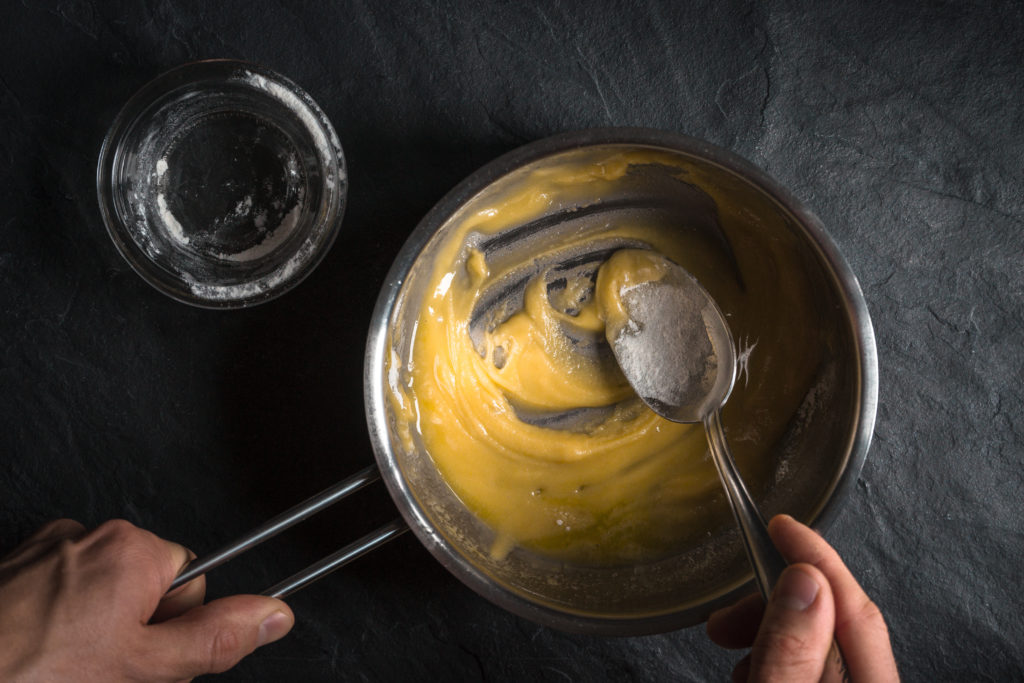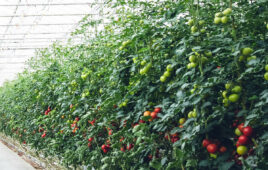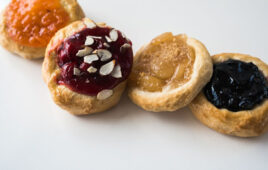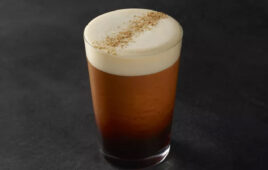A simple combination of flour and heated cooking fat help create the signature rich textures in club soups, stews, and sauces.

Adding flour to the melted butter on a gray table horizontal
Attaining that thick, smooth texture in a dish often comes down to a foundational cooking method known as a roux. Club and resort chefs use this technique in a range of sauces, soups, stews, gumbos, and glazes.
On a basic level, a roux is a mixture that combines flour and a fat to create a smooth, silky paste used to thicken other cooking liquids. When the roux is added to the rest of the recipe, the paste transforms a thin sauce into a hearty stew-like consistency. The roux can be cooked for different lengths to achieve varying thicknesses and flavor profiles.
Traditionally, a roux combines flour and either clarified butter or oil over low heat to combine the two evenly into a silky sauce. Chefs can get creative with their range of fats, bringing in bacon fat or a range of vegetable oils to alter the flavor. A range of flours can alter the taste as well, with whole wheat or even gluten-free flours adding nuance to the final dish.
To make a roux, the chef will typically melt or warm the fat on a low-to-medium heat and then slowly whisk in the flour, salt, pepper if desired. For two minutes, the mixture is frequently whisked or stirred with a spatula until the flour breaks down and the mixture transforms into a white roux—a basic paste that can be added now or later on to the main dish.
If the chef desires a richer, nuttier flavor, they can also leave the roux on low heat, stirring for another ten minutes. This method creates what is known as a blonde roux, ideal for richer soups and sauces, specifically the popular velouté.
Lastly, the brown roux—the darkest of the three—allows the mixture to cook for an additional 20 minutes, darkening the sauce to a rich mahogany color. While the brown roux is not as powerful in thickening sauces, it does provide richer flavors for Espagnole and gumbos.
Of the many basic cooking techniques, the roux is a versatile staple used in club and resort kitchens no matter the chef’s culinary style.




